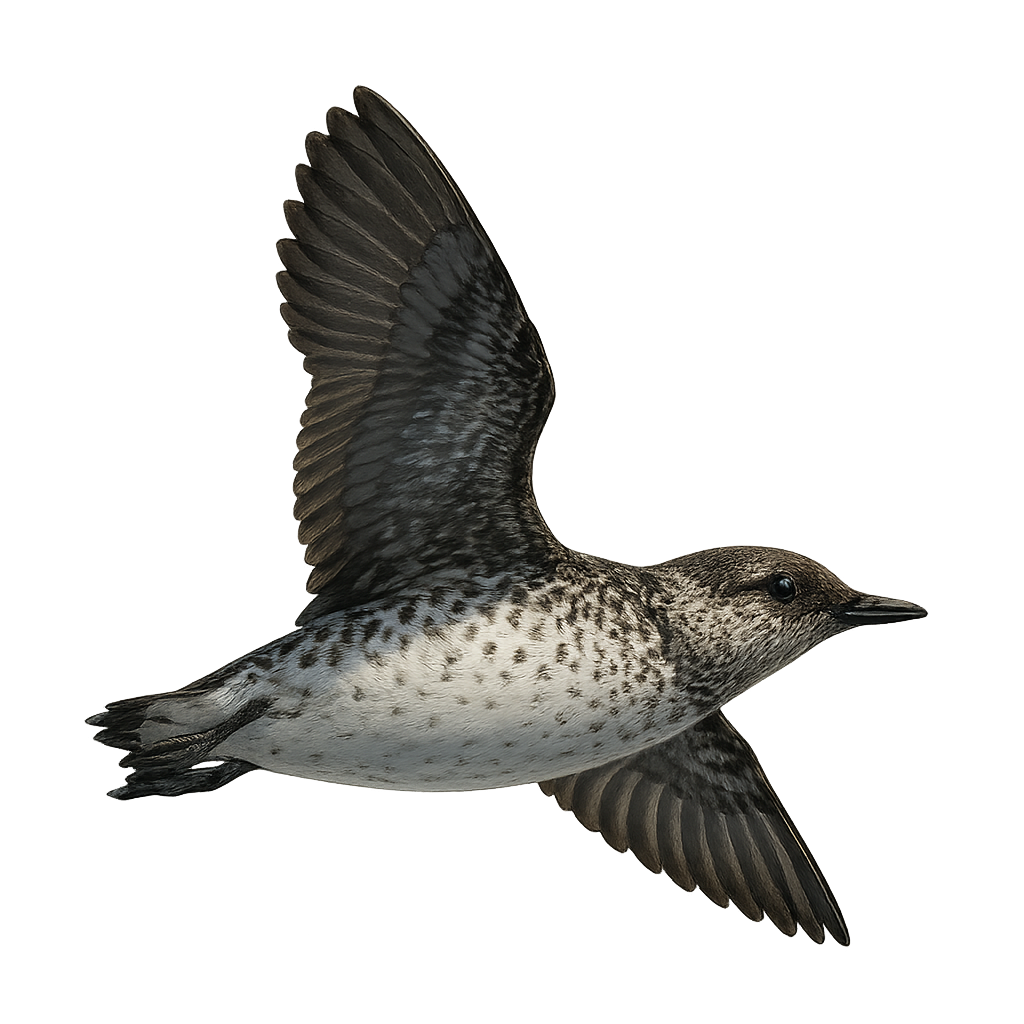Your wildlife photography guide.
Explore the kittlitz's murrelet in detail, study its behavior, prepare your shots.
Where to observe and photograph the kittlitz's murrelet in the wild
Learn where and when to spot the kittlitz's murrelet in the wild, how to identify the species based on distinctive features, and what natural environments it inhabits. The WildlifePhotographer app offers tailored photography tips that reflect the kittlitz's murrelet’s behavior, helping you capture better wildlife images. Explore the full species profile for key information including description, habitat, active periods, and approach techniques.
Kittlitz's Murrelet
Scientific name: Brachyramphus brevirostris

IUCN Status: Vulnerable
Family: ALCIDAE
Group: Birds
Sensitivity to human approach: Suspicious
Minimum approach distance: 20 m
Courtship display: May to June
Incubation: 25-30 jours
Hatchings: May to July
Habitat:
Rocky coasts, cliffs, cold waters
Activity period :
Primarily active during the day, with peak activity in the morning and late afternoon.
Identification and description:
The Kittlitz's Murrelet, or Brachyramphus brevirostris, is a discreet seabird belonging to the Alcidae family. It is primarily found in the cold waters of Alaska and the Russian Far East. This bird is distinguished by its marbled brown breeding plumage and white belly, while its winter plumage is more subdued with grayish tones. Its compact size and short bill are well-suited to its marine lifestyle. It primarily feeds on small fish and marine invertebrates. The Kittlitz's Murrelet is known for its ability to nest far from the coast, often on rocky slopes or cliffs, making it difficult to observe. Its population is vulnerable due to climate change and marine pollution.
Recommended lens:
400mm – adjust based on distance, desired framing (portrait or habitat), and approach conditions.
Photography tips:
To photograph the Kittlitz's Murrelet, it is advisable to use a telephoto lens of at least 400mm to capture detailed images from a distance. Since this bird is suspicious and often located in hard-to-reach environments, it is essential to remain discreet and blend into the landscape. Opt for early morning or late afternoon hours to benefit from soft light and avoid glare on the water. Using a tripod can also help stabilize the camera for long-distance shots.
The WildlifePhotographer App is coming soon!
Be the first to explore the best nature spots, track rutting seasons, log your observations, and observe more wildlife.
Already 1 431 wildlife lovers subscribed worldwide

